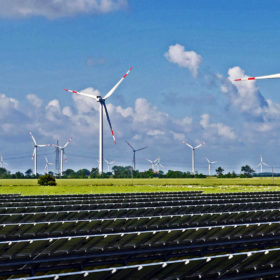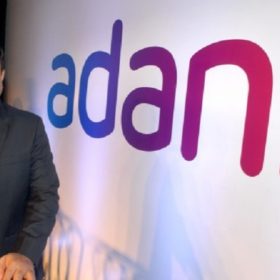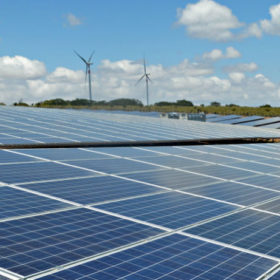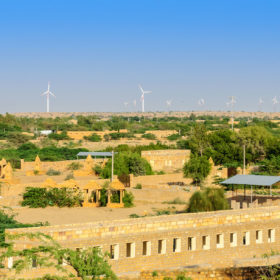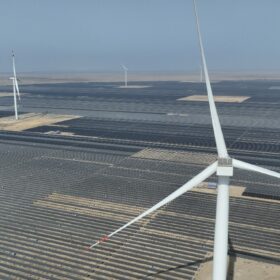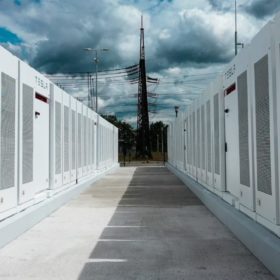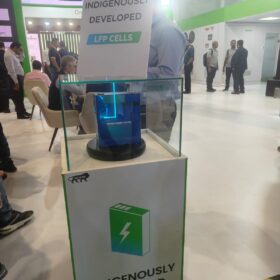Azure Power to develop 1.7 GW of renewable energy projects in Karnataka
The NYSE-listed Indian solar developer has signed an Expression of Interest (EoI) with the Karnataka government to establish 1.7 GW of solar, wind, and hybrid renewable energy capacity in the state.
Japan’s Mitsui to buy 49% in ReNew Power’s round-the-clock project
Japanese investor Mitsui has signed the agreement to raise a 49% stake in ReNew Power’s 1.3GW hybrid renewable energy project supplemented with up to 100MWh of battery storage. The project will supply 400MW of round-the-clock power to the Solar Energy Corporation of India (SECI) under a 25-year power purchase agreement.
ArcelorMittal, Greenko partner on a renewables-plus-storage project
UK-headquartered ArcelorMittal will own and fund a hybrid wind-solar project with energy storage for round-the-clock RE supply to the Hazira plant of its joint venture ArcelorMittal Nippon Steel India. Greenko will design, construct and operate the project.
Adani Green raises US$ 288 million for under-construction renewable energy projects
The developer shall use the senior debt facility to initially finance its 450MW hybrid portfolio of solar and wind renewable projects in the Indian state of Rajasthan.
India may add 12.5GW of solar in 2022-23
Ratings agency ICRA expects the solar boost based on the backlog of PV projects awarded by central and state electric utilities.
Azure Power signs 2,333 MW solar PPA with SECI
The PV capacity is part of an overall 4 GW secured under the Solar Energy Corporation of India’s manufacturing linked auction.
How round-the-clock renewables point to optimum use of energy generation and infrastructure
Amid the troubles of the coal-dominated grid, variable renewable energy has a place in ensuring reliable supply
Tata Power wins 300 MW hybrid wind-solar project
TP Saurya Ltd, an arm of Tata Power, has secured a letter of award from Maharashtra State Electricity Distribution Company Limited (MSEDCL) to build 300 MW of hybrid wind-solar capacity.
India’s clean power target will double electricity supply economically if low-cost storage is deployed
Berkeley Lab report finds historic lows in clean energy prices position India to transform electric system
Gujarat tops in approved capacity under government’s solar park scheme
The State accounts for 38% (14,375 MW) of the overall PV capacity (37,771 MW) sanctioned under the government’s scheme for “Development of Solar Parks and Ultra-Mega Solar Power Projects.”

